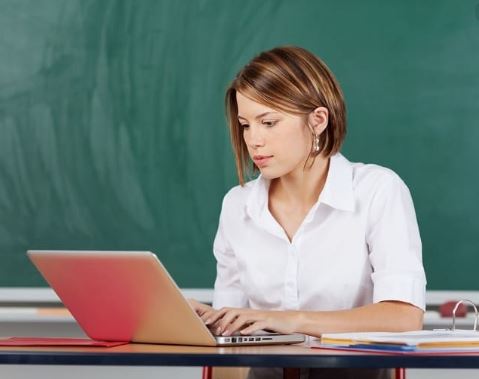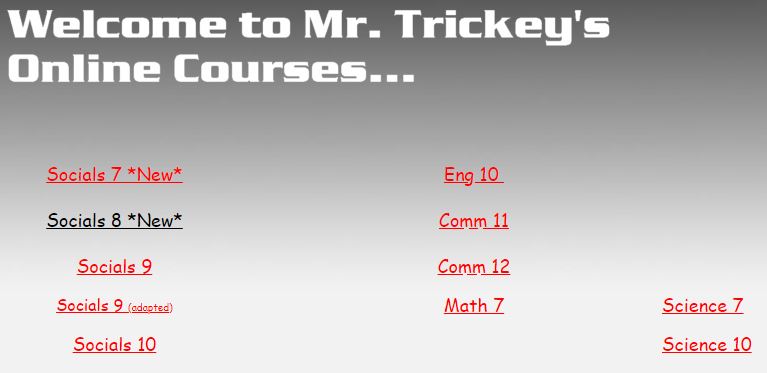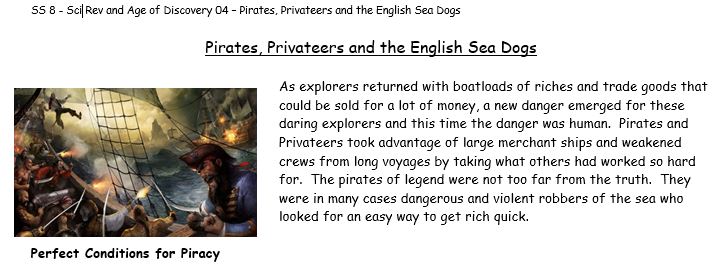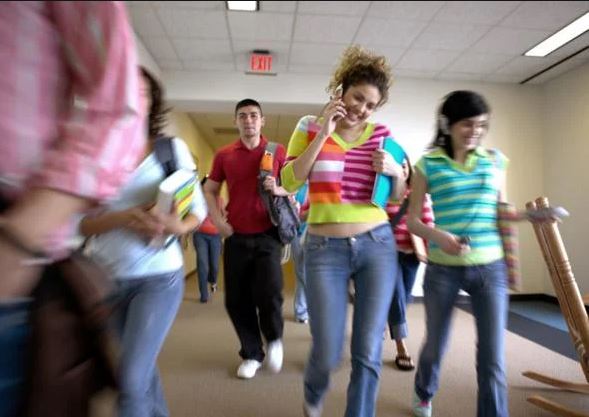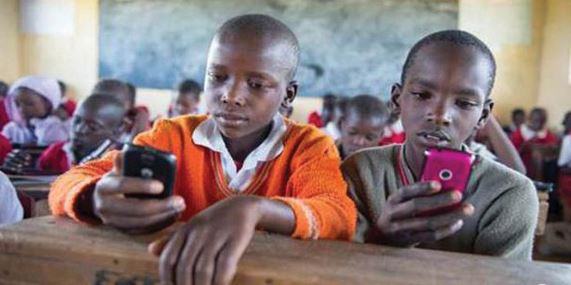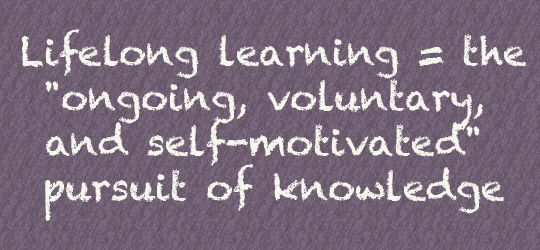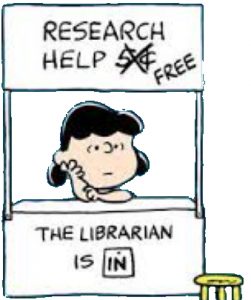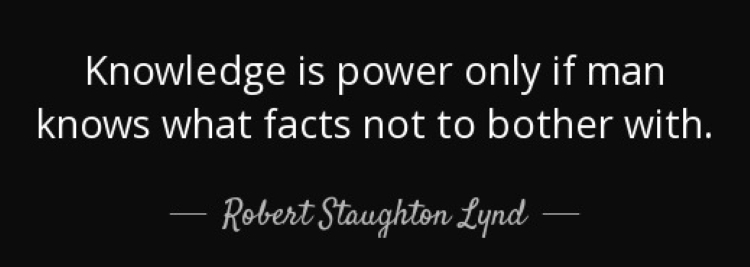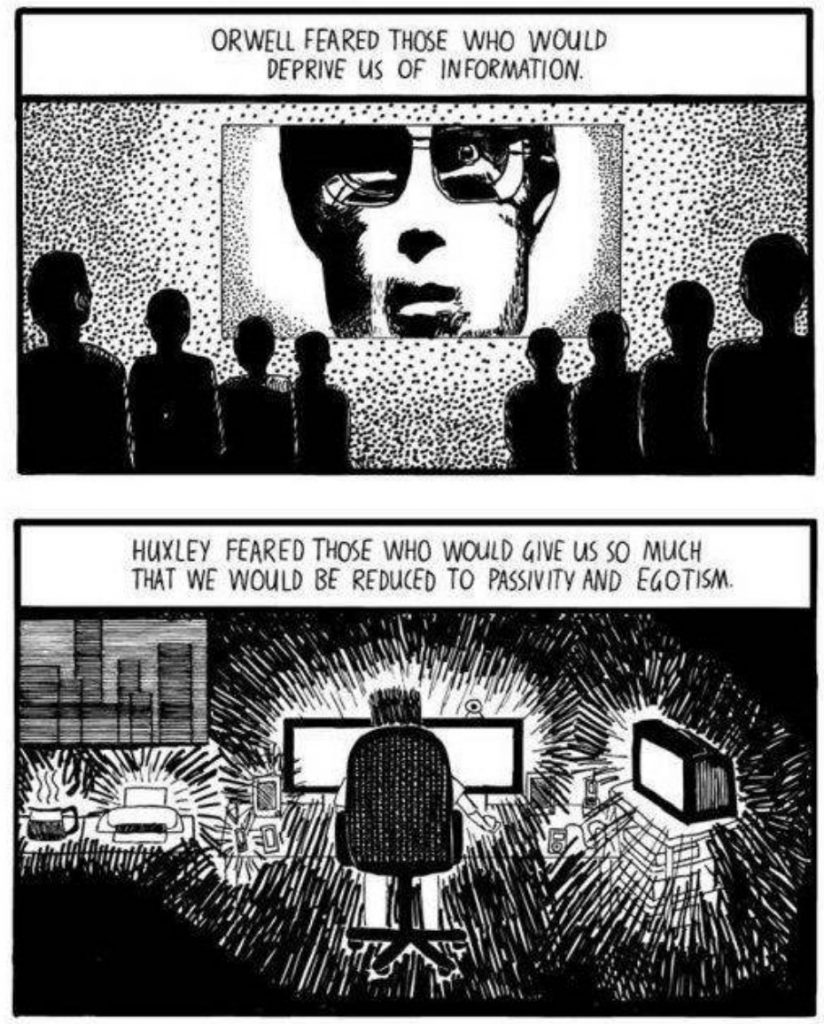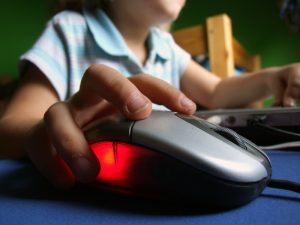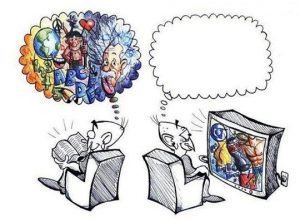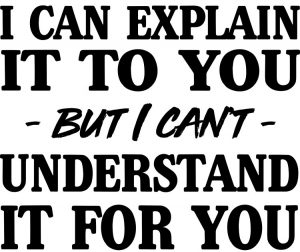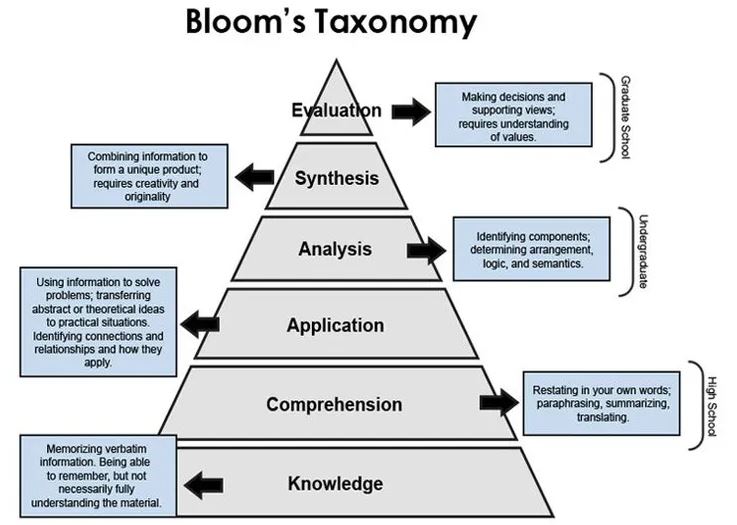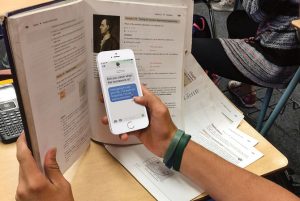An Introduction to; http://www.trickey.ca/trick%27s_ss08/index_ss_08.htm
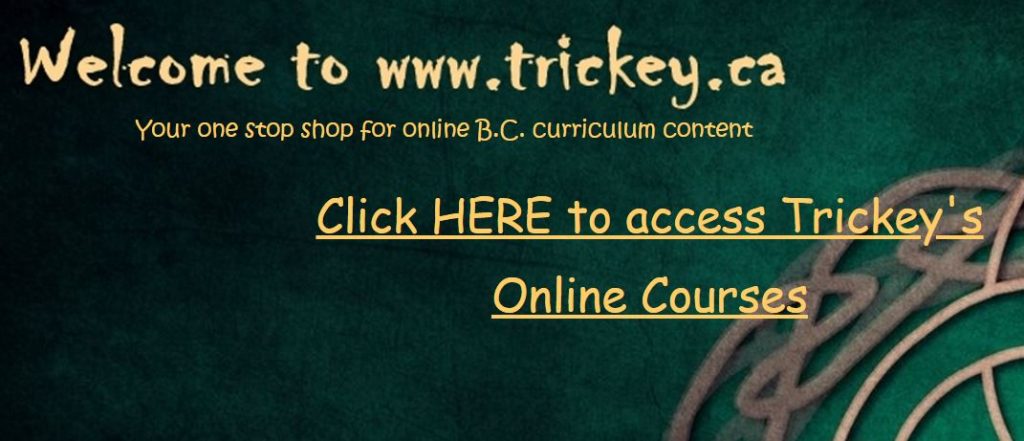
For my final Vison Project I have updated my Social Studies 8 course for online distribution and resource sharing for those teachers and students in British Columbia who may be forced back to online learning this winter due to COVID-19 restrictions or for those who are looking for additional support and resources. The course is comprehensive and large in scale. An entire course’s worth of material has been posted, complete with readings, assignments, adapted materials for struggling students, and is supported by additional resources like videos and inquiry projects. The course itself is complete and can be used either as a direct online course or can be utilized as a supporting resource for teachers. By design, the course is free, easily adaptable and easily edited by open non-restrictive digital formats. It is teacher and student friendly and most importantly, classroom ready.
I have created and maintained an online collection of teacher and student friendly resources on my own webpage for over 15 years and periodically, I have to update or add new materials. With new curricular changes in BC, this seemed like an ideal time to totally “reboot” my course. My old Socials 8 course was linked to the Michael Cranny textbook Pathways, a standard text found in many schools. When I went about recreating my Socials 8 course this time around, I was focused on making the course a stand-alone offering. All materials, from readings, to worksheets, to inquiry projects as well as supporting videos would be made available on the website, for free and in an easily editable format so that teachers could manipulate or adapt as they see fit.
The Teacher-Librarian as a Curator of Useful Resources and a Guardian of Truthful Knowledge
Throughout this course we have investigated the important role of the Teacher-Librarian (TL) and their expanded role as more than just someone who signs out books. The TL is that Guardian of Truthful Knowledge in a world that is increasingly becoming swamped in disinformation and echo-chambers of inaccurate information or beliefs. We know that “Once acquired, false information is hard to dispel” (Froehlich, 2020) and it is not enough to assume that the digital natives of today need not to know content that can be found on the internet because “…this apparently tidy logic is wrong.” (Lemov, 2017). What is needed of today’s TL is the ability to be that “Renaissance Person” who is able to provide a skill set of research, collection and analyzation of material to combat lies and misinformation in an era of what can best be described as “post-truths”. (Lor, 2018). The TL can use their skill sets to create or collect teacher and student friendly material that can then be shared freely, easily and digitally.
To be a “Guardian of Truthful Knowledge”, the Teacher-Librarian has to help with providing the maximum amount of “truthful” content so that when a student is confronted with misleading or outright lies on their own, a student can pause and begin the crucial process of critically thinking. This will happen only when they stop, and ask themselves “that’s not what I learned in school” and when that happens, when students have a considerable store of background knowledge based in truths and facts, critically thinking will occur. After all, a person cannot think critically about something that they know nothing about, and in that way libraries, as Franklin D. Roosevelt once said, become “…essential to the functioning of a democratic society”. (Kranich, 2001)
My Hope
My hope after this course is to provide a resource that is both useful and functional for those who wish to take advantage of it. March of 2020 saw British Columbia’s public schools move to online learning due to restrictions put in place due the pandemic of COVID-19, and many teachers struggled to adapt to the online environment and students struggled with staying engaged.
It is noted by scholars such as Wayne Journell, that secondary students in particular “…may have difficulty succeeding in an online environment where the teacher is not physically present.” (Journell, 2012) This is due to the fact that it is the inter-personal relationship that occurs between the teacher and the student that promotes and motivate a student’s ability to succeed. (Wentzel, 2009). In March of 2020, teachers were tasked with providing digitally accessible materials and at the same time, to try to maintain a relationship of motivation and support virtually in a very rapid fashion with varying degrees of success. If providing free, teacher and student friendly digital course materials, that can be accessed and shared easily, then my hope is that the time that would have been devoted to creating online relevant material, can instead be focused upon maintaining those student-teacher relationships, even if it is virtually.
Bibliography and Works Cited
Borup, J., Graham, C. R., & Drysdale, J. S. (2014). The nature of teacher engagement at an online high school. British Journal of Educational Technology, 45(5), 793-806.
Froehlich, Thomas Joseph. “Ten Lessons for the Age of Disinformation.” Navigating Fake News, Alternative Facts, and Misinformation in a Post-Truth World. IGI Global, 2020. 36-88.
Journell, W. (2010). Perceptions of e‐learning in secondary education: a viable alternative to classroom instruction or a way to bypass engaged learning?. Educational Media International, 47(1), 69-81.
Journell, W. (2012). Walk, don’t run—to online learning. Phi Delta Kappan, 93(7), 46-50.
Kirschner, Paul A., and Jeroen JG van Merriënboer. “Do learners really know best? Urban legends in education.” Educational psychologist 48.3 (2013): 169-183.
Kranich, Nancy. Libraries and Democracy. American Library Association, 2001.
Lemov, Doug, “How Knowledge Powers Reading”, Educational Leadership, (http://www.ascd.org/publications/educational-leadership/feb17/vol74/num05/How-Knowledge-Powers-Reading.aspx ) (2017)
Lor, Peter Johan. “Democracy, information, and libraries in a time of post-truth discourse.” Library Management (2018).
Watson, J. (2008). Blended Learning: The Convergence of Online and Face-to-Face Education. Promising Practices in Online Learning. North American Council for Online Learning.
Wentzel, K. R. (2009). Students’ relationships with teachers as motivational contexts. In K. Wentzel and A. Wigfield (Eds.), Handbook of motivation at school (pp. 301-322). Mahwah, NJ: LEA.

